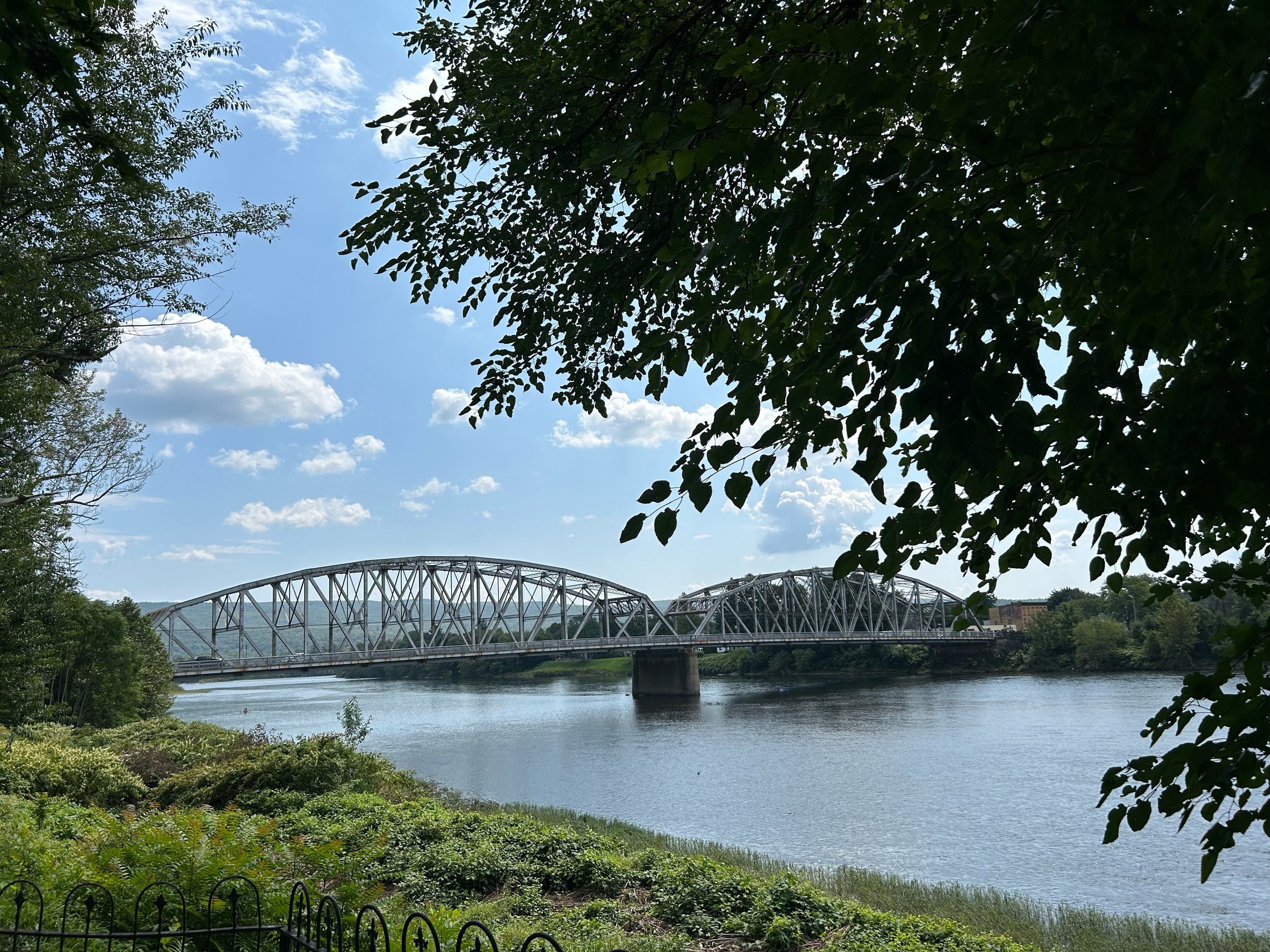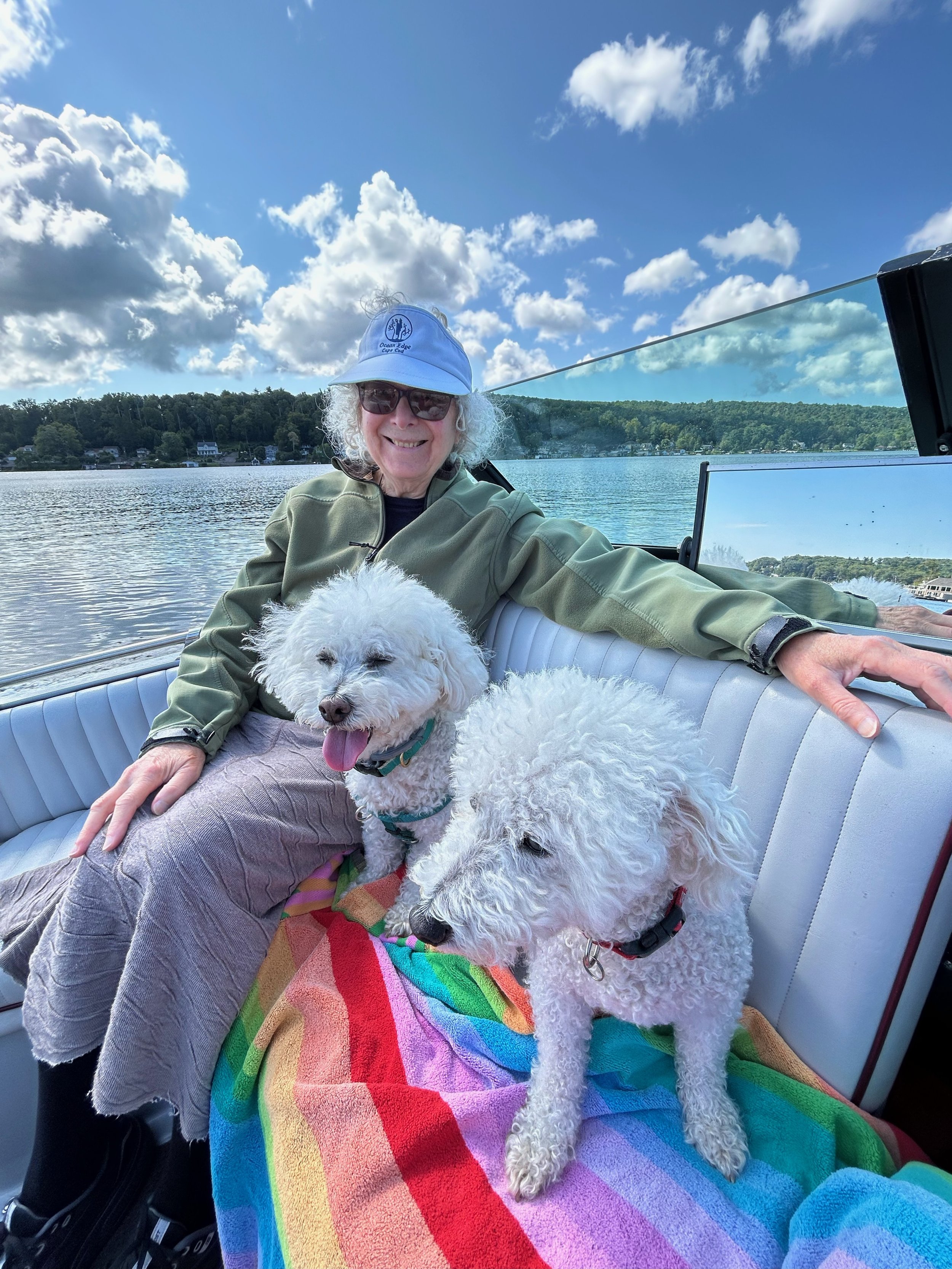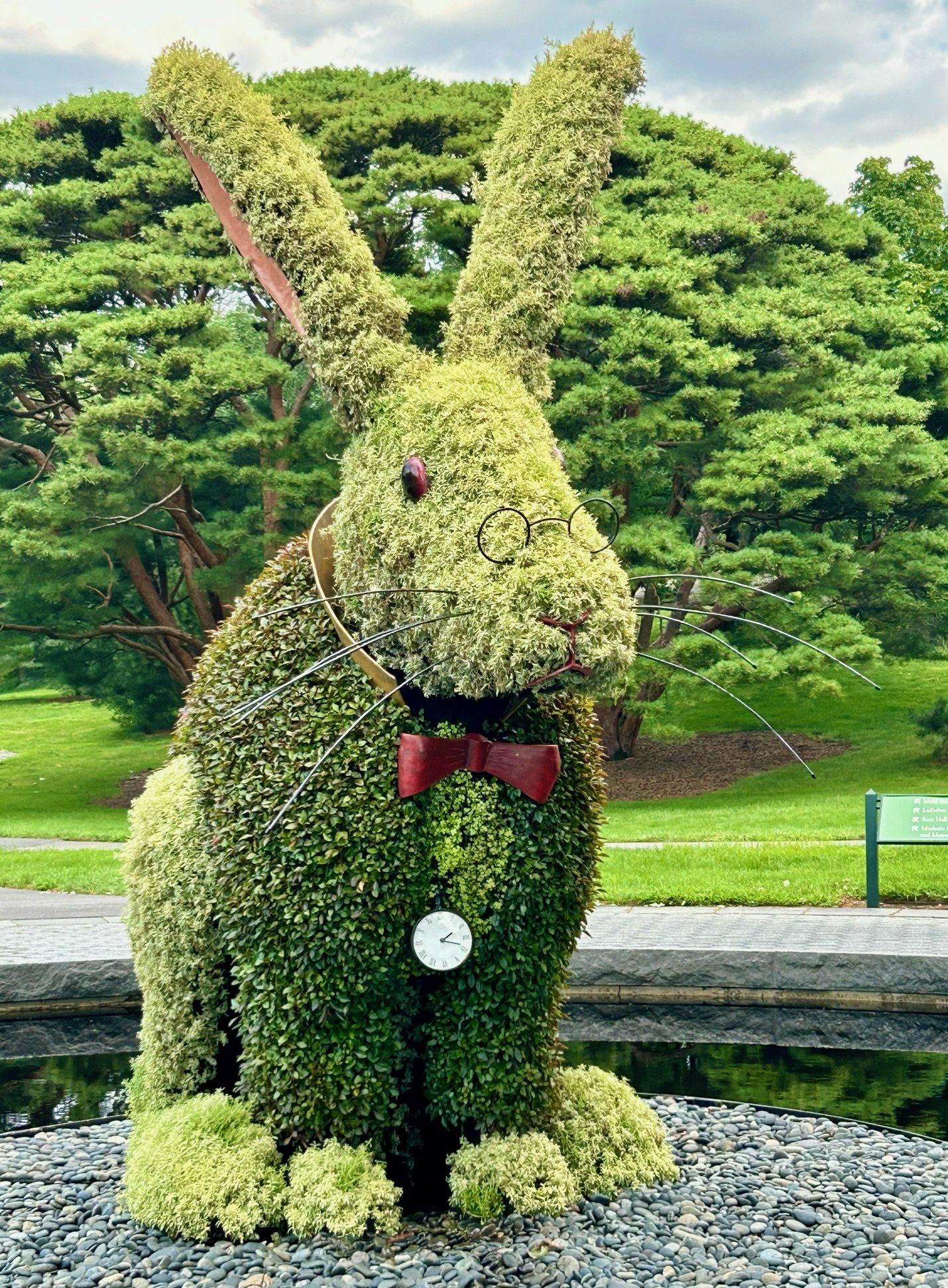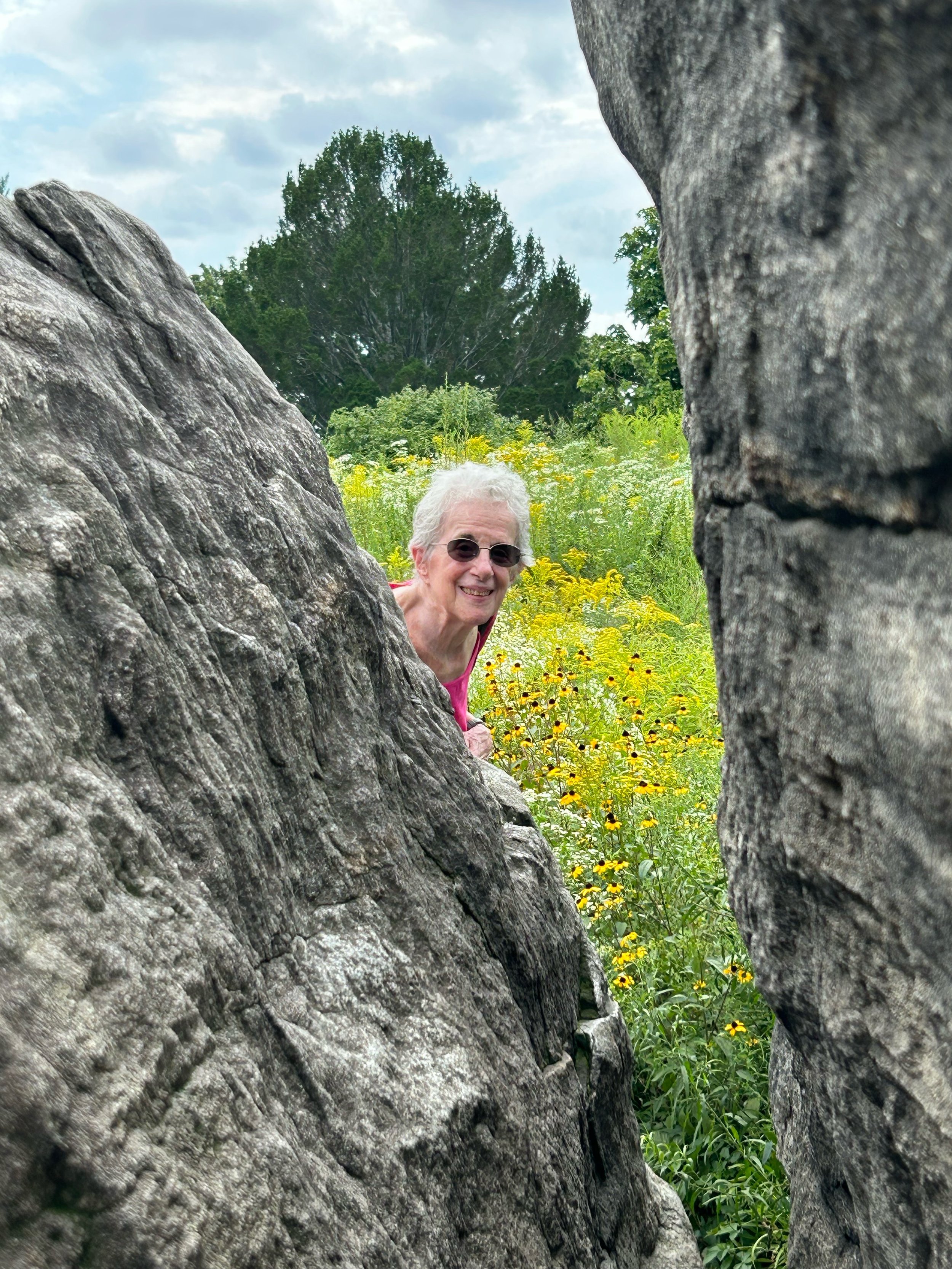The Jewish Deli
Not a huge surprise that this is a New York invention, although you might have thought it was an old country import first. In fact, the original Jewish deli was started by the Iceland Brothers on the Lower East Side in 1888. Willy Katz joined the restaurant in 1903 and bought out the Iceland Brothers with his cousin Benny in 1910. Today you can find Jewish delis from coast to coast, in locations as random as Indianapolis, Beverly Hills, and Orlando.
Packaged Coffee
New York City gets credit for 3 innovations in the birth of coffee making its way into homes, offices, and hotel suites:
1. During the early years of the Civil War, NYC’s Lewis Osborn created Osborn’s Celebrated Prepared Java Coffee, the first ground, prepared, and packaged coffee in world history. Although it did not give the market a major jolt (the bulky pail it was distributed in probably didn’t help), it opened the door for bigger operations.
2. In 1862, the first factory in the US to make bags for loose coffee began operations in Brooklyn.
3. The big win, however, belonged to John Arbuckle and his brother Charles. They founded the Arbuckle Brothers Company in New York City in 1871 and became the first merchants to sell packaged coffee. (The coffee itself went nationwide, sold under the Ariosa brand and becoming popular enough on the frontier to be branded “The Coffee that won the West.”)
Twizzlers
Over 100 million Twizzlers are sold every year in the US, and it’s a $3,000,000,000 business globally, but the origins of the candy are small-town NYC. Two Brooklyn businesses combined forces in 1845 and sold whips and other licorice confections as Young & Smylie. They didn’t pick up the Twizzler name until after later mergers and consolidations; that licorice brand has been around since 1929.
Source: “Made In NYC,” by Ethan Wolff, March 2024, City Guide New York
Contributed by Bobbie Roggemann







































































